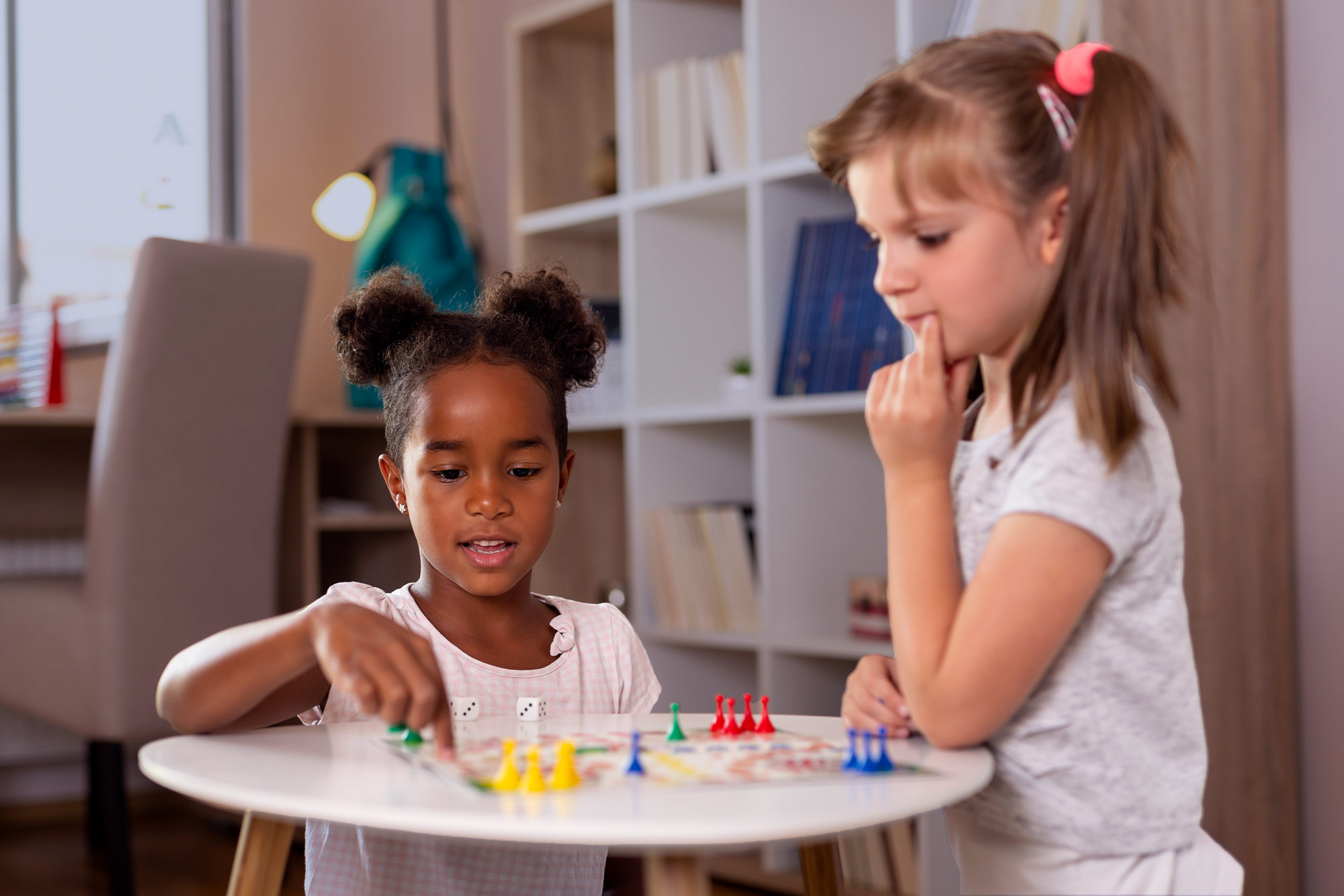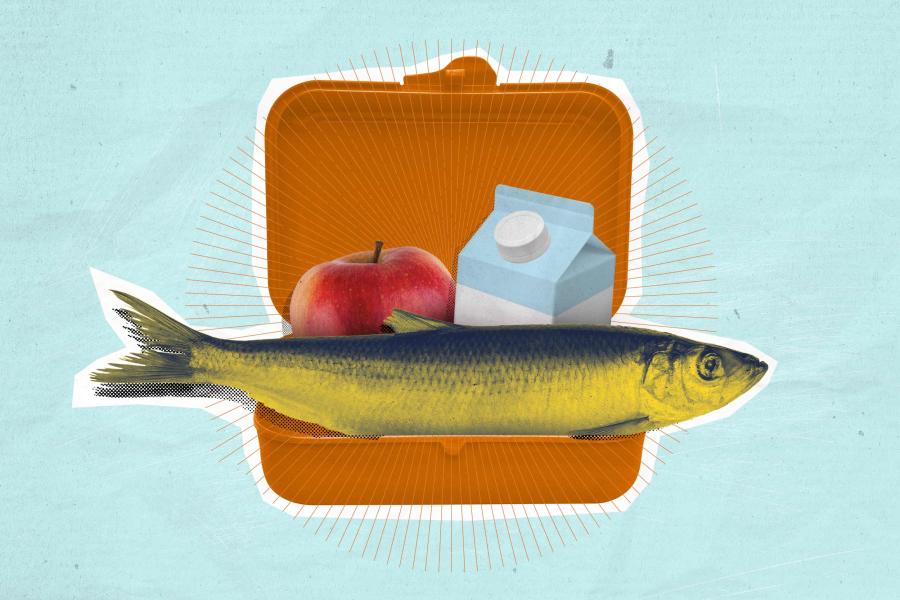In many ways, rules rule the lives of children.
Look both ways before you cross the street, put your dirty dishes in the dishwasher, raise your hand in class if you have a question, don’t cut in line – these directions are the guardrails of life. They lay the groundwork of morality, and hopefully lead to healthy adult lives.
“At about 3, 4 or 5 years of age, children do really become attuned to the fact that there are rules in the world and that they’re expected to follow them, and they even expect others to follow them,” University of Virginia psychologist Amrisha Vaish said.
New work from her Early Social Development Lab helps pinpoint when little kids start to discern a specific kind of rule-breaker: cheaters.
Vaish’s team showed a group of 5-year-old children and a group of 7-year-old children, all from the Charlottesville area, some videos of people playing simple games. To win “the racing game,” a player must begin by standing inside a starting box, a taped off area on the ground, and when signaled, run to reach the finish line first.
Then children watched two players in the video breaking the starting box rule. One player decided to start behind the start box, which clearly did not help her cause. The other began the race in front of the start box, taking an unfair advantage, and therefore cheating. Vaish’s team did a post-mortem with the children to learn at what age young children begin recognizing these nuances.
“The question was, ‘How do children respond to violations of rules?’” Vaish, the Pamela Feinour Edmonds and Franklin S. Edmonds Jr. Discovery Associate Professor in Psychology, explained. “We were specifically interested in whether children understand some of the nuances of rule violations, in the sense that not all rule violations are equally bad.”
Her team asked children which player had played more fairly and which player they liked more. They also asked whether anyone had cheated. Overall, both age groups showed similar patterns.
“Both ages negatively evaluated the advantageous player, or the cheater, more than the disadvantageous player,” Vaish said. “However, the 7-year-olds more readily distinguished the advantageous from the disadvantageous player and were more likely to negatively evaluate the advantageous player.”
Then the researchers gave each child three flowers to gift between the two players. Vaish explained the step helps her team better understand children’s perceptions.
“With this task, even if children don’t tell us in their verbal responses, they can show us in their sharing behaviors something about how they’re feeling about each of these individuals, since they’re forced to give one individual more flowers than the other.”
Children at both ages awarded more flowers to the disadvantageous player, the one who started the race behind the start box.
When asked to justify their responses, “the older children tended to rely more on morally relevant rationales such as cheating, fairness and the advantages gained by the cheater, whereas the younger children tended to appeal more to rule-based rationales – for instance, stating that a rule had been broken,” Vaish said.
“But even some 5-year-olds provided moral rationales and some 7-year-olds gave rule-based rationales. So, we see the shift between 5 and 7 years as a gradual increase in moral reasoning about rule-breaking and its consequences,” Vaish said.
The new paper, titled “Cheat to Win: Children’s Judgements of Advantageous vs. Disadvantageous Rule Breaking,” was recently published in the journal Cognitive Development.
The paper concludes that discerning differences is a vital skill for children: “This developing skill not only demonstrates young children’s emerging understanding of the nuances and complexities of rule violations, but will also be vital as children increasingly choose their social partners and must learn to identify good partners and, equally, to avoid partners who might cheat them.”
Media Contact
University News Senior Associate Office of University Communications
jak4g@virginia.edu (434) 243-9935
Article Information
April 27, 2024






